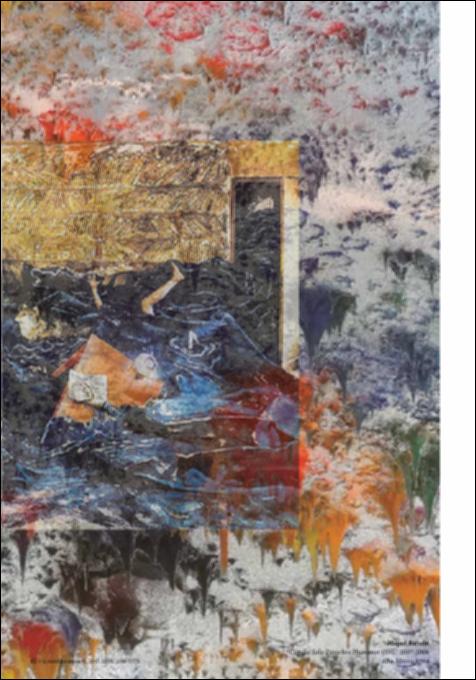Por favor, use este identificador para citar o enlazar este ítem:
http://hdl.handle.net/10637/11880Huellas de lo cotidiano en el campo de refugiados de La Linìere.
| Título : | Huellas de lo cotidiano en el campo de refugiados de La Linìere. Traces of Everyday Life at La Linière Refugee Camp |
| Autor : | Arana Aroca, María de |
| Materias: | Campo de refugiados.; Vivienda de emergencia.; Habitar.; Cotidiano.; La Linière.; Apropiación.; Brecht.; Refugee camp.; Emergency shelter.; Inhabit.; Everyday life.; La Linière.; Appropriation. |
| Resumen : | Las publicaciones existentes sobre la arquitectura de los refugios en los
campos están principalmente enfocadas a sus características técnicas:
los materiales, su ejecución y durabilidad o las condiciones de habitabilidad
de los mismos y de su entorno. En este artículo se pretende iniciar
una vía que complemente a las anteriores al proponer la exploración del
espacio vivencial. El caso concreto del campo de refugiados La Linière
en el norte de Francia se estudia desde tres perspectivas: lo propio, lo
común y lo ajeno. Cada una de ellas se presenta a través de unos objetos
determinados que hablan y desvelan cómo los habitantes se vinculan al
objeto-cobijo dado y lo transforman. Como conclusión del estudio de
dichas situaciones se verá cómo las huellas de lo cotidiano son reflejo de
dos tiempos opuestos entre sí y que, sin embargo, conviven: el tiempo
de paso y el tiempo del habitar. Existing publications about the architecture of shelters at refugee camps are generally focused on either their technical characteristics: materials, implementation and durability, or on their conditions of habitability. This article intends to take a new approach to a topic that would complement previous studies by proposing the exploration of experiential space. The specific example of the La Linière refugee camp in the north of France is studied from three perspectives of space: one's own-space, shared-spaces and foreign-spaces. Each is introduced through a small number of individual objects that speak of, and reveal how the inhabitants are linked to the given shelter-object and, then, how they transform it. As a conclusion of the study of these situations, the traces of everyday life will be shown as a reflection of two types of time which are in opposition but yet at the same time co-exist: the passage of time and dwelling time. |
| Descripción : | En: Constelaciones. ISSN. 2340-177X. n. 5, 2017, pp 63-77 |
| URI : | http://hdl.handle.net/10637/11880 |
| Derechos: | http://creativecommons.org/licenses/by-nc-nd/4.0/deed.es |
| Fecha de publicación : | 1-may-2017 |
| Aparece en las colecciones: | Núm. 5 (2017) |
Los ítems de DSpace están protegidos por copyright, con todos los derechos reservados, a menos que se indique lo contrario.


